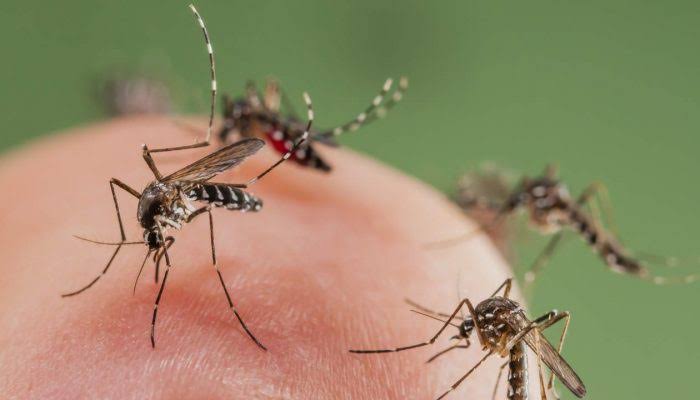The Ministry of Health has rolled out Larviciding to eliminate mosquitoes from Water sources in Mitooma District.
Larviciding involves the regular application of microbial insecticides to breeding areas like swamps and stagnant water to reduce the adult population of mosquitoes and control the number of those that bite and infect humans with malaria.
Uganda has the world’s highest malaria incidence rate of 478 cases per 1,000 population per year. Malaria is also the leading cause of sickness and death in Uganda and is responsible for up to 40 per cent of all outpatient visits, 25 per cent of hospital admissions and 14 per cent of all hospital deaths, according to figures released by the World Health Organisation.
Records show that the malaria death rate in Uganda is estimated to be between 70,000 and 100,000 deaths per year, a toll that exceeds that of HIV/AIDS. It’s against this background that the Ministry of Health hopes that killing mosquitoes at the larva stage outdoors and the mosquito indoors will reduce malaria transmission and resultant deaths.
Dr Alfred Muhanguzi, the Programme Officer of Borne and Neglected Tropical Diseases in the Ministry of Health says that the new method will complement other interventions like the use of long-lasting Insecticidal nets and Indoor residual spraying which were used over the years.
Dr Muhanguzi said the Larvicide medicine that comes in powdered form is extracted from chlorophyll and sprayed into mosquito breeding habitats targeting only mosquito larvae. Muhanguzi, who was rolling out the use of larviciding at Bitereko Sub County headquarters in Mitooma district on Monday added that the insecticide is not harmful to humans and aquatic animals like fish.
The initiative which was launched in Kigezi and Lango regions has been approved by both the National Environmental Authority (NEMA) and the National Drug Authority (NDA).
Vicent Katamba, a senior Entomologist in the Ministry of Health who is spearheading the programme said they will work with village chiefs and Village Health Teams to identify sites where larviciding will be carried out. He said one needs six milligrams of the insecticide to apply to a square meter of a breeding ground.
Mitooma District Health Officer Dr Sadic Byamugisha said the new tool will be key in reducing the malaria burden, especially in areas neighbouring Queen Elizabeth National Park. He said the Malaria prevalence rate in Mitooma stands at 43 per cent noting that the disease burden is especially high in areas neighbouring the national park.
URN.

